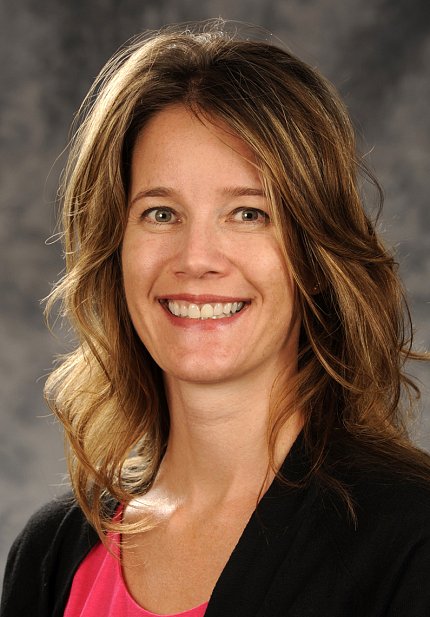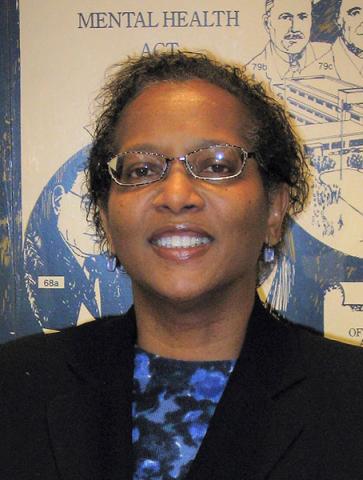National Academies Ask Experts to Explore Aging, Environment Interplay

Photo: Steve McCaw
Environmental exposures that people receive at any age affect how they age, and aging influences the body’s response to such exposures. Both aging and disease processes affect the body at multiple levels, from cellular—think chronic inflammation—on up to the whole organism, as when a person becomes disabled.
These interrelationships—and the research needed to clarify them—were the top concerns of experts at a recent virtual workshop sponsored by the National Academies of Sciences, Engineering and Mathematics.
Throughout life, aging and health are influenced by genetics, nutrition and substances or conditions in the environment, according to NIEHS grantee Dr. Gary Miller of Columbia University. “Bridging these disciplines is a logical next step,” he said.
One such bridge involves integrating biomarkers of aging with those that reflect relevant exposures, such as air pollution, heavy metals, arsenic and consumer products. “We need better data to understand how these chemicals intersect,” Miller said.
Several discussions during the 2-day event grappled with evaluating exposures to chemical mixtures and interdependent effects of their components.
“Evidence is increasing that early life exposures can impact the risk of disease…long after an exposure has occurred,” said NIEHS health scientist administrator Dr. Michelle Heacock. She introduced the idea of individual susceptibility, or that people may respond differently to the same exposure.
“Differential responses can be a function of duration of the exposure, individual genetics, underlying health status, sex differences and timing of exposures,” she noted. “We need to consider that exposure burdens can combine with other social determinants of health such as age, gender, education, race and income, which can also affect [a] given individual’s response.”
Dr. Luigi Ferrucci, scientific director of NIA, agreed. Timing of exposure, especially during sensitive periods of development, is an important consideration.
“When you expose children, you get deficits that last a lifetime,” said Dr. Suzanne Fitzpatrick, senior advisor for toxicology at the FDA Center for Food Safety and Applied Nutrition.

In another take on time, Ferrucci described three lenses on aging—biology, clinical symptoms and life functions. He showed how biological changes occur long before function is impaired or clinical symptoms appear. The primary tool we use to measure aging fails to capture this complexity. “We use a watch,” he said. “[Yet] chronological age may have nothing to do with health and its trajectory.”
The death of George Floyd at the hands of Minneapolis police officers, as well as the deaths of Ahmaud Arbery, Breonna Taylor and others, was on the minds of participants throughout the workshop, underscoring racial and ethnic health disparities.
Dr. Uchechi Mitchell of the University of Illinois at Chicago described how racial and ethnic disparities in cardiometabolic risk increase with age. “Racism is the primary toxin underlying disparities in cardiometabolic risk and other health outcomes,” she said.
“Older persons of color may be particularly impacted because they are more likely to live in socially and economically disadvantaged neighborhoods, and they are less likely to move to neighborhoods of higher socioeconomic status,” Mitchell noted. “Addressing disparities requires an ecological approach.”
Participants asked how to translate science into immediate action beneficial to vulnerable populations. Community-engaged research is a powerful approach, according to Sandra Howard, from the HHS Office of the Assistant Secretary for Health.
“Communication is important to establish at the beginning, [as you develop] ideas about what it is you want to do,” she explained. Howard suggested scientists become familiar with leadership, important issues and other factors and be clear about procedures and protection of confidentiality and health.
Videos of each session are available at https://bit.ly/3gu5MGb.
